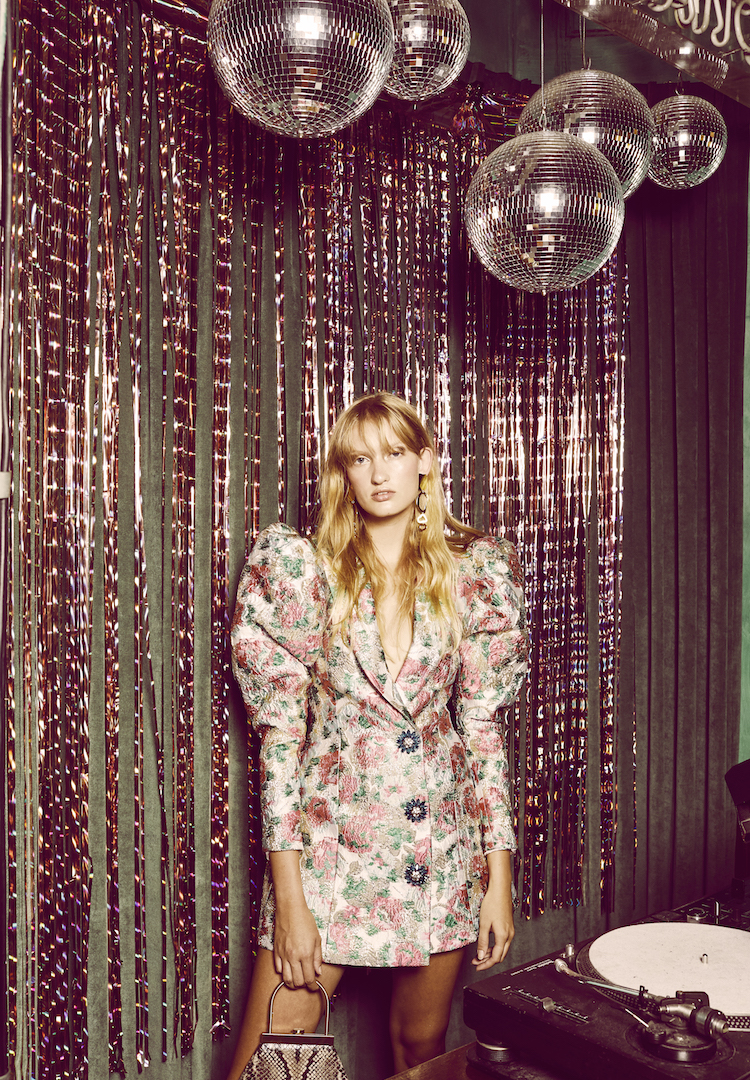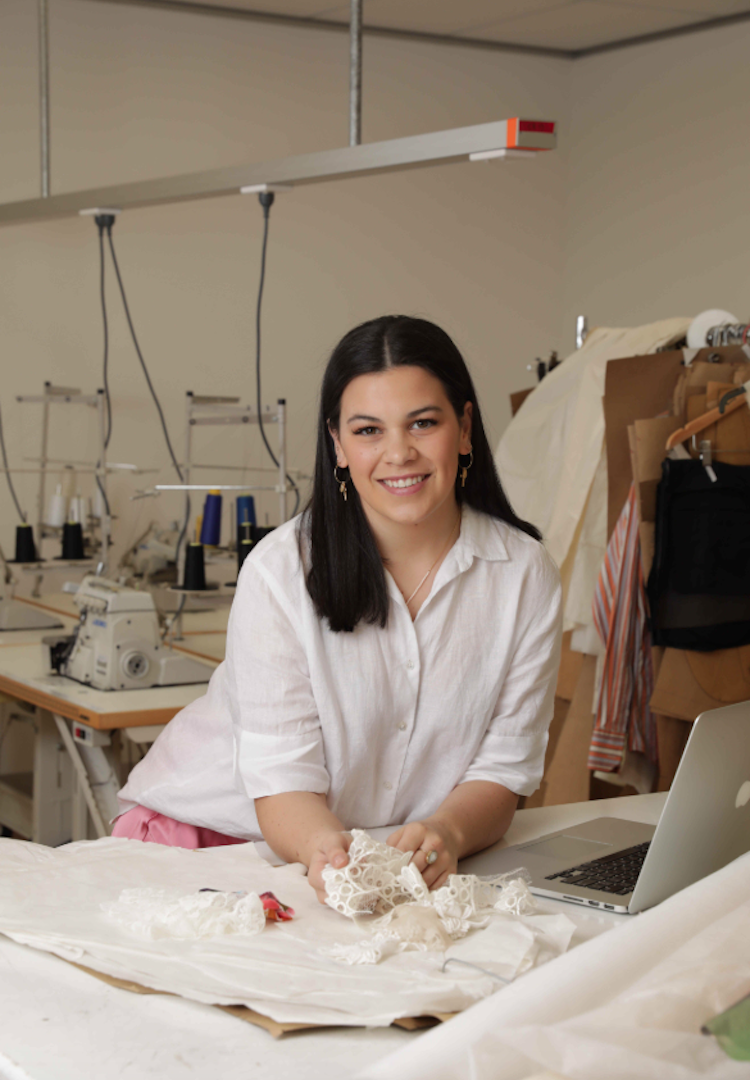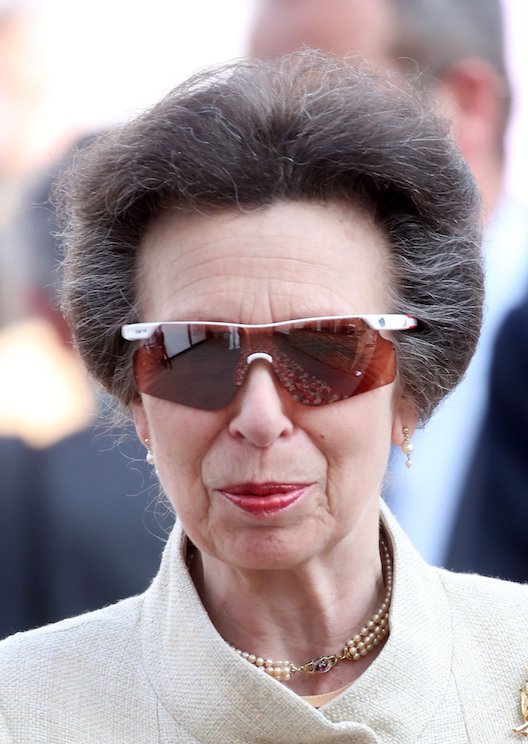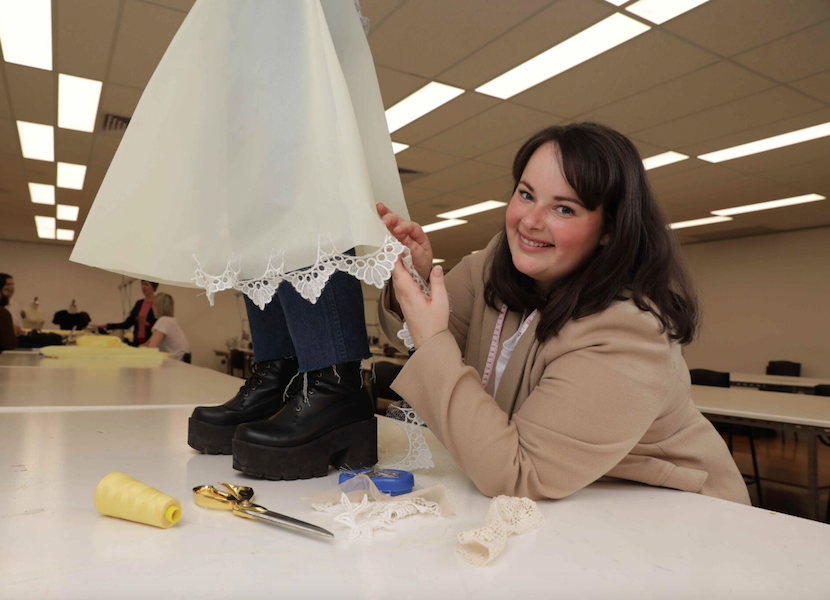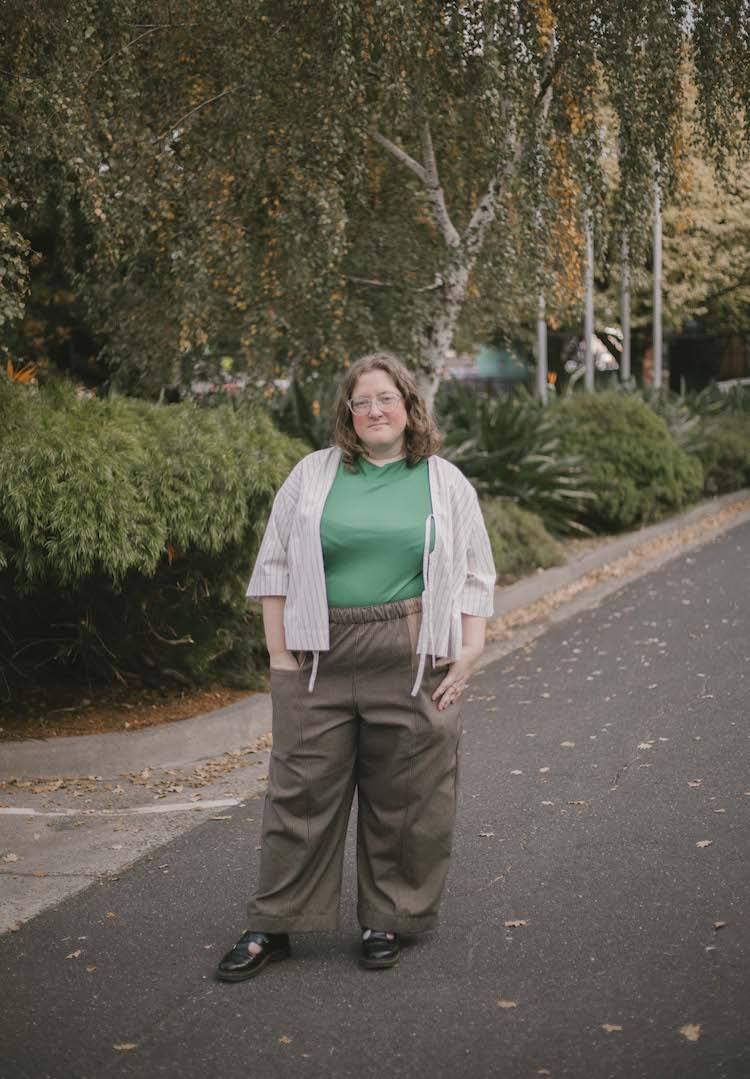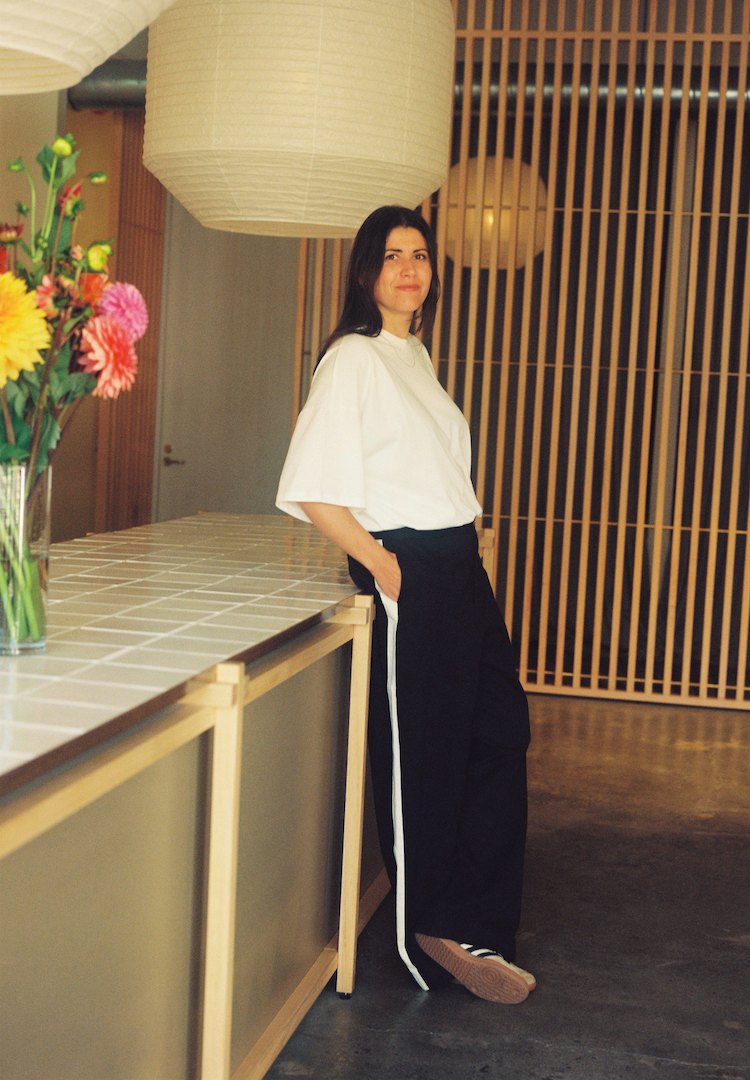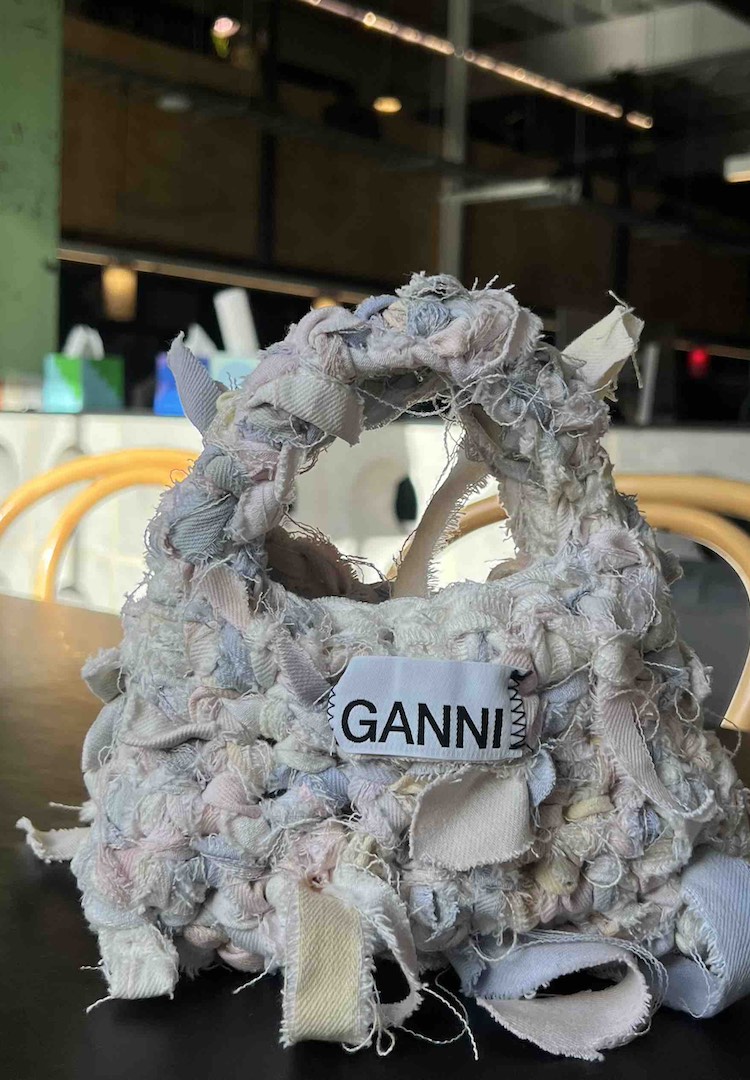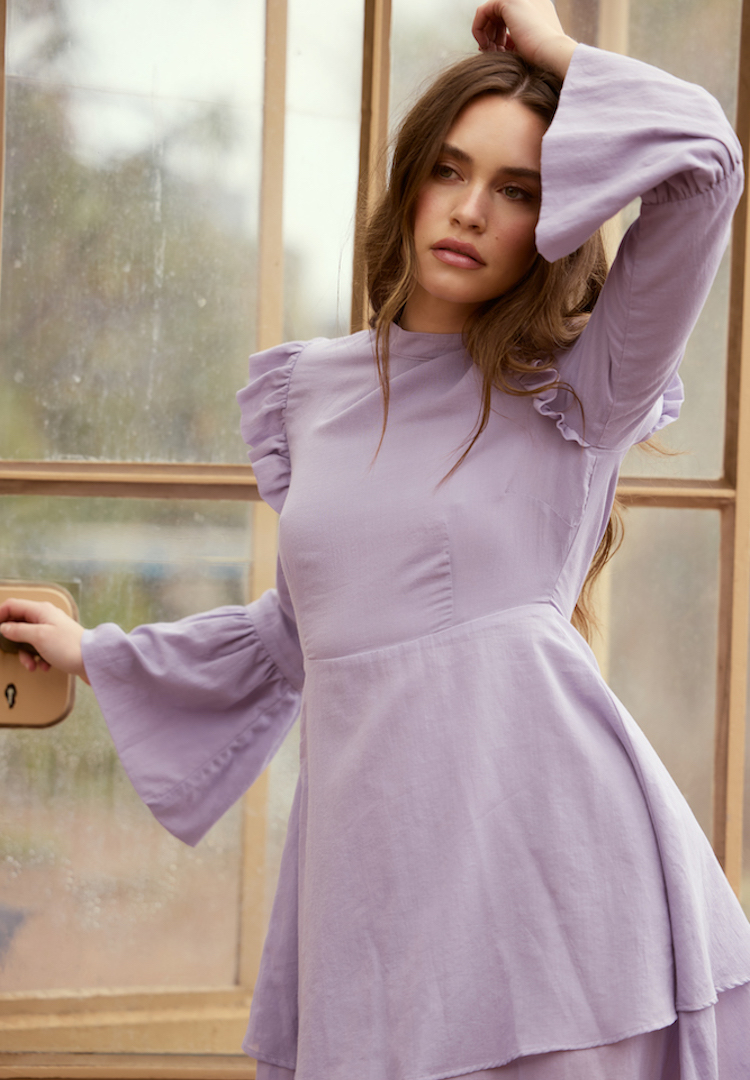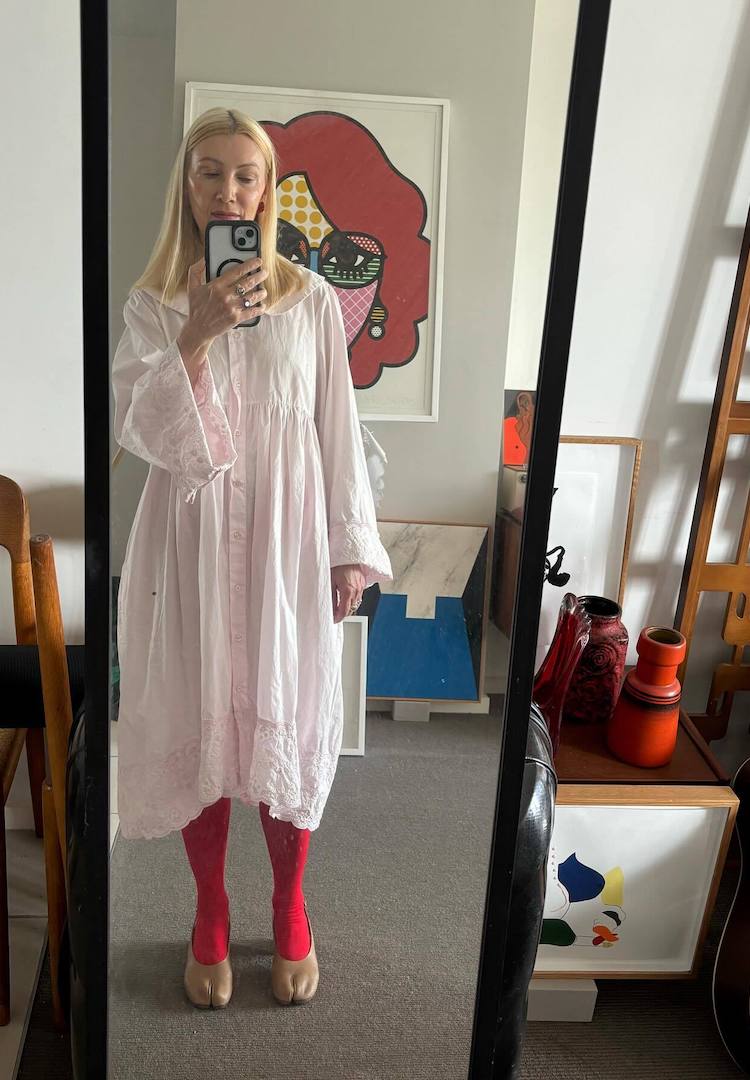Australia now has its first sustainable fashion degree
Words by Maeve Kerr-Crowley
It’s getting easier to be green.
Unless you’ve been living under a fashion rock, you’re probably aware that the industry is in a pretty big evolution period right now.
In particular, the world is more concerned with fashion’s environmental impact than ever before, and the sustainability movement is only picking up speed.
But sustainability is a big concept, and most of us can get a little lost in all the buzzwords and certifications without ever really understanding what we’re fighting for. That’s why education is so important, particularly for the designers, makers and other industry personnel the rest of us turn to for answers.
Collarts is the first tertiary college in Australia to offer a degree with sustainable fashion at its core.
The college’s offering is split into two fields: its original School of Entertainment, covering music performance, audio production and event management, and the subsequent School of Design, which covers things like fashion, animation and interior design.
Fashion and Sustainability is available as either a Bachelor of Design or Diploma of Design, both of which will be open for intake on January 28, 2020.
Collarts’ head of fashion, Dr Rachel Matthews, has been a driving force in getting this forward-thinking program off the ground.
“It seemed that fashion education, certainly at an undergraduate level, was still teaching old methods of design, making, promotion and fashion,” she explains of the decision. “But there was an opportunity at Collarts, because we didn’t have a design degree, to write a new degree that addressed a 21st century way of doing things.”
This contemporary approach, she explains, acknowledges that getting into fashion these days can be a pretty weighty choice.
“There’s a new generation of people that are interested in fashion, but are cautious of stepping into that space because of the negativity around fast fashion, textile waste, environmental damage and overconsumption,” she admits.
Which is why this new degree pays so much attention to new methods of design and production, dissecting and attempting to improve the steps in fashion’s supply chain. Students are encouraged to think consciously about where fibres and fabrics come from, how they’re manipulated and transformed, and what happens to them when consumers have had their fill.
Matthews says the program was built around “the idea of design as a problem solving activity”. Students are given the opportunity to do the solving, as well as the knowledge and tools to help them do it.
With comprehensive learning in mind, the course is split into four distinct streams. Each trimester, students take one subject from each stream.
Design Processes does what it says on the box, covering the basics of garment design and production. A second stream, Materials and Making, focuses more on the raw materials and fibres, as well as how they come together to form a garment.
The last two have more of an industry focus, which Collarts prioritises in all its courses. Industry and Enterprises teaches priceless skills like contemporary business models and consumption practices, how to manage a supply chain, and how to manage money and funding. What’s vital to the Fashion and Sustainability course, however, is a focus on handling all these business necessities in the most environmentally ethical way possible.
Industry Awareness is a more hands-on stream, allowing students to meet with industry professionals, collaborate with creatives both in and out of fashion, and get some real experience through 60 hours of industry placement.
Matthews is hopeful about the benefits this well-rounded approach can have for students. As well as giving them a deeper understanding of the industry’s many facets, it allows them to think about fashion in a way that isn’t black and white.
While she admits she can’t predict the future of fashion with a crystal ball, her educated guess involves a spectrum of sustainability. On one end is the slower, more thoughtfully crafted style of eco-fashion we might all recognise. On the other is a world of innovative smart technology that changes the way we look at clothes altogether.
“We’ve in this very exciting space at the moment where people are trying to move away from what has occupied the mainstream to find alternative ways of continuing to have fashion in our lives,” she explains. “Because we don’t want to lose the joy and the pleasure and the self-expression that fashion gives to us.”
For more information about course structure, entry requirements and how to apply, head here.

